 |
v2.44
|
|
 |
v2.44
|
|
Represents arguments for new entity construction. More...
Properties | |
| int | CategoryId [get, set] |
| The entity category ID. | |
| BSTR | FilePath [get, set] |
| The path to the file. | |
| int | HostObjectId [get, set] |
| The host object ID. | |
| Placement2D | Placement2D [get, set] |
| The 2D placement. | |
| Placement3D | Placement3D [get, set] |
| The 3D placement. | |
| int | StyleId [get, set] |
| The style ID. | |
| GUID | TypeId [get, set] |
| The entity type ID. | |
| BSTR | TypeIdS [get, set] |
| Same as TypeId, but accepting and returning GUID as a string. | |
Represents arguments for new entity construction.
|
getset |
The entity category ID.
The category ID of the entity to create. This property applies to create entities that are based on categories (MEP styles). For example, to create Equipment style or Pipe fitting style, set CategoryID equal to one of the Equipment or Pipe fitting categories.
|
getset |
The path to the file.
The path to the file with wich the linked object should be created.
Supported formats:
|
getset |
The host object ID.
The ID of the object that is the host for the object being created.
This property applies to create level based objects, see ILevelObject.
For example: To create wall, set HostObjectId equal to one of the level IDs. To create window, set HostObjectId equal to one of the wall IDs.
|
getset |
The 2D placement.
The global 2D placement of the object being created.
By default, Placement2D is equal to right orthonormalized coordinate system, that is it`s equal to Placement2D{ .origin = (0, 0), .xAxis = (1, 0) }
|
getset |
The 3D placement.
The global 3D placement of the object being created.
By default, Placement3D is equal to right orthonormalized coordinate system, that is it`s equal to Placement3D{ .origin = (0, 0, 0), .xAxis = (1, 0, 0), .zAxis = (0, 0, 1) }
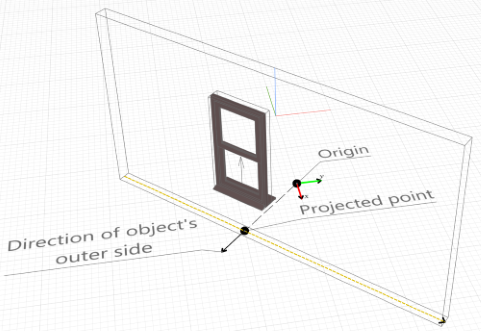
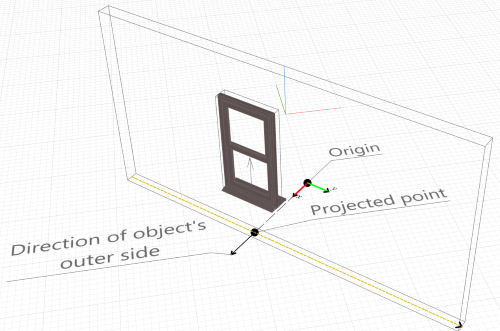
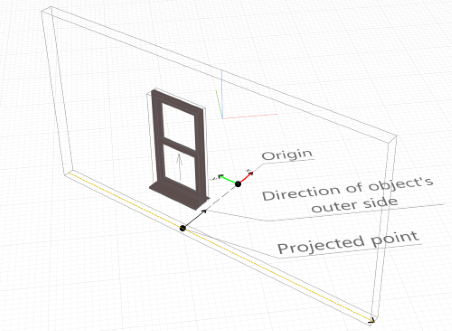
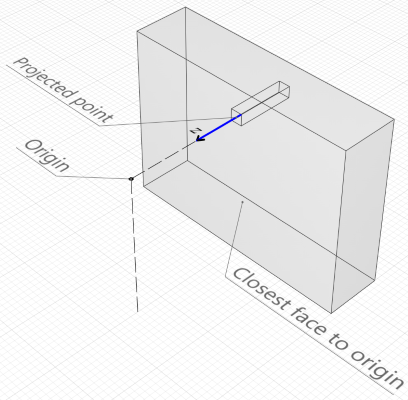
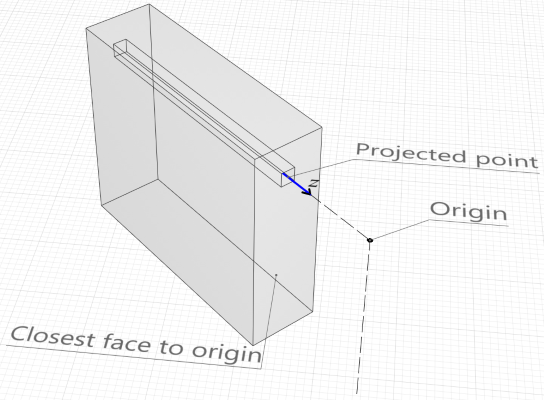
|
getset |
The style ID.
This property applies to set a style for stylable objects.
|
getset |
The entity type ID.
The type id of the the entity to create. For example, to create Material, set TypeID equal to Renga::EntityTypes::Material.